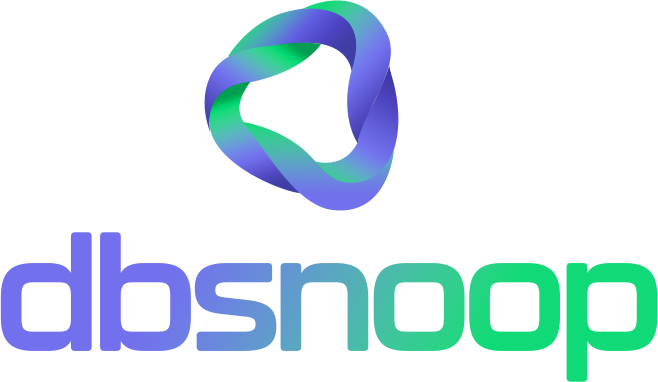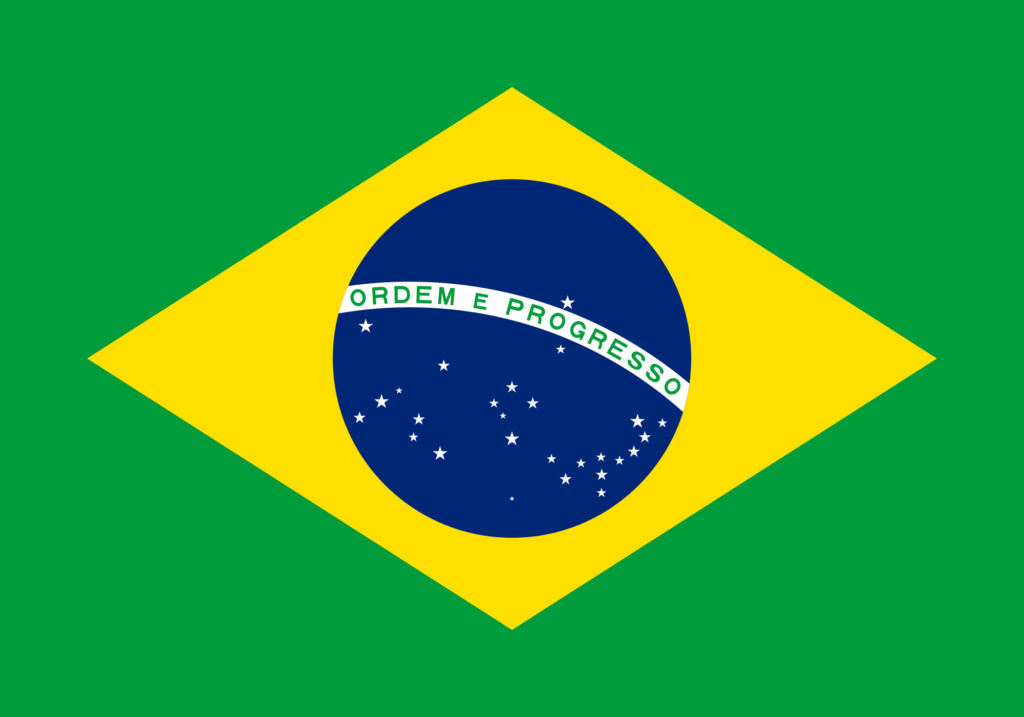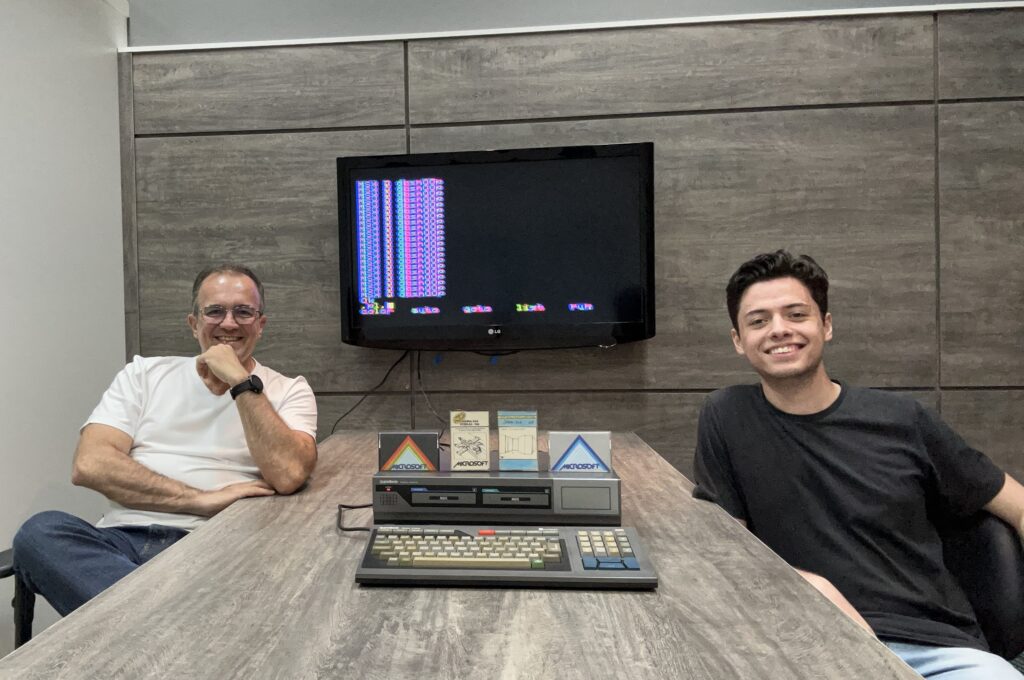
When I started in technology in the 1980s, I often lamented the lack of history or adventures in technology. Geography had history, Mathematics and Physics had history, and even History had history.
In reality, the history of technology is filled with incredible characters, many of them far from the spotlight that illuminates today’s tech billionaires. Before the glorified days of startups and big techs, there were figures like Ada Lovelace, considered the first programmer; Ted Codd, the father of relational databases; Alan Turing, whose brilliance laid the foundation for modern computing; Tim Berners-Lee, who gifted us the World Wide Web; and lesser-remembered pioneers like Leonard Kleinrock and Ray Tomlinson, who laid the groundwork for what we know today as the internet and email.
Then came the names that dominated headlines and fortunes: Steve Jobs with his vision of design and innovation, Bill Gates with Microsoft, Sergey Brin and Larry Page transforming internet searches into an empire with Google, and another Larry—Ellison—who built a database empire with Oracle.
But the history of technology is much richer than the names that became brands or amassed billions. There are other unsung heroes and countless stories that continue to inspire generations. Today, however, we’re not diving into that universe of billions and bytes… we’re here to talk about the MSX.
Oh, by the way, I still have one that works. It’s my little time-traveling DeLorean, ready to take me back to the past whenever I want!
The Origins of MSX
The MSX platform was one of the most iconic microcomputer platforms of the 1980s, bringing innovation and accessibility to the world of personal computing. By combining a unified technical standard with a wide range of manufacturers, the MSX captured the hearts of enthusiasts, professionals, and gamers alike. Let’s explore its origins, history in Brazil, technical specifications, programming languages, and the games that defined the era.
The MSX standard was conceived in 1983 by Kazuhiko Nishi, Vice President of Microsoft Japan, and Bill Gates, the founder of Microsoft. The goal was to create a unified standard for microcomputers, akin to how VHS standardized the videocassette market.
- First Manufacturer: Matsushita (Panasonic) launched the first commercial model.
- MSX: The acronym has varied interpretations but is believed to stand for “MicroSoft eXtended.”
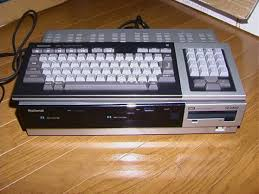
MSX in Brazil
In Brazil, the MSX arrived in the mid-1980s, initially imported by enthusiasts and later manufactured by domestic companies.
Major Manufacturers in Brazil:
- Gradiente Expert: One of the most popular models in Brazil.
- Sharp Hotbit: Another major domestic contender.
- CCE MC-1000: A simpler model, but still within the MSX standard.
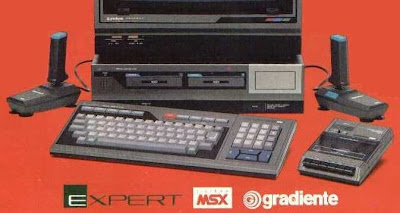
Uses of the MSX
The MSX was designed as a multifunctional microcomputer:
- Home Use: Education, entertainment, and gaming.
- Professional Use: Office automation, programming, and graphics.
Businesses used the MSX as a low-cost solution for digitizing operations, while developers leveraged the standard to create educational and entertainment software.
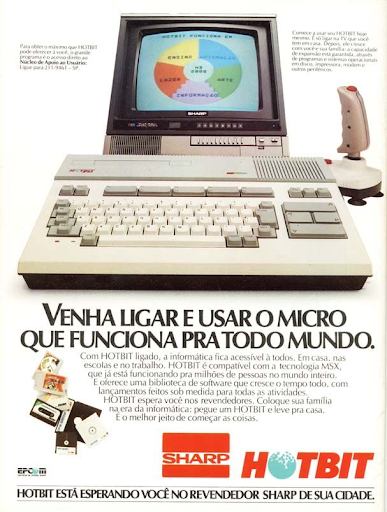
Key Accessories
- Disk Drive: For storing data on 3.5” floppy disks.
- Memory Expansion Cartridge: Expanded RAM, essential for more complex games.
- Joystick and Keyboard: Essential for gaming and programming.
- Cassette Tape Recorder: Used for loading and saving programs.
- Modem: Allowed rudimentary connections to networks, a precursor to today’s internet.
Technical Specifications
- Processor: Zilog Z80 at 3.58 MHz.
- RAM: 16 KB to 128 KB (expandable).
- Storage: Cassette tape or floppy disk.
- Graphics: Resolution of 256×192 pixels with up to 16 colors.
- Audio: PSG (Programmable Sound Generator) with 3 channels.
Evolution of MSX Standards
- MSX1: The first version.
- MSX2: Improved graphics and sound.
- MSX2+ and MSX Turbo R: Advanced models with greater performance.
Programming Languages
- MSX-BASIC: Built into the ROM, it was the primary programming language.
- Assembler: For low-level applications, directly utilizing the Z80 processor.
- Pascal and C: Used by professionals and students.
- LOGO: Popular in educational environments.
Games That Left Their Mark
MSX games defined entire generations, including classics that established entire genres.
Top Titles:
- Metal Gear (Konami): The debut of the famous espionage franchise.
- The Maze of Galious (Konami): A platform-adventure game.
- Knightmare (Konami): Epic adventure with impressive graphics.
- Aleste (Compile): One of the best shooters of its time.
- Bomb Jack (Tehkan): Addictive platform gameplay.
- Yie Ar Kung-Fu (Konami): A pioneer in fighting games.
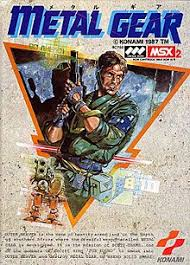

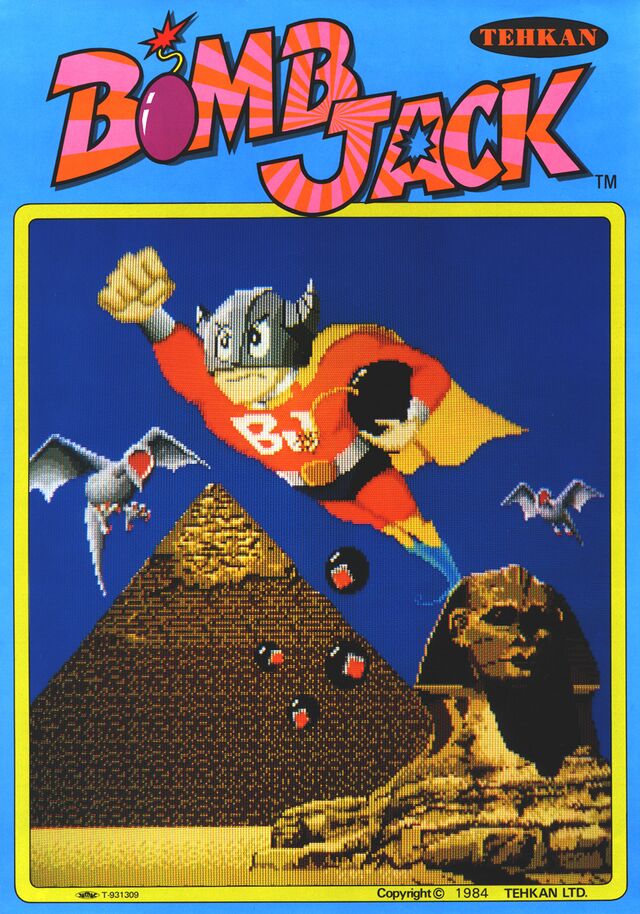

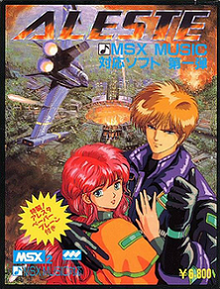
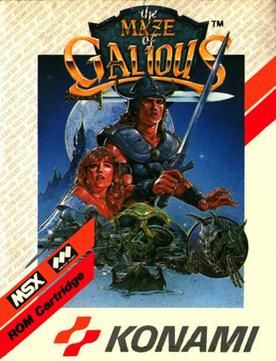
Star Wars and Star Trek Games on MSX
Star Wars Games:
- Star Wars (1986)
- Developer: The Bytebusters
- Description: This action game puts players in control of a spaceship, battling waves of enemies in a style reminiscent of Star Wars’ space battles.
- Star Wars (1985)
- Developer: Frédéric Markus
- Description: Published in the Hebdogiciel magazine, this BASIC game allows players to pilot a ship and destroy enemy ships, evoking the atmosphere of Star Wars space battles.
Star Trek Games:
- Star Trek (1986)
- Developer: SEGA
- Description: Known as “Star Trek: Strategic Operations Simulator,” this simulation game puts players in command of the USS Enterprise, facing Klingon ships and protecting starbases.
- Super Star Trek (2007)
- Developer: PIROYAN
- Description: An updated version of the classic text-based game, where players command the Enterprise on strategic missions across space.
Sample Code in MSX-BASIC
Star Wars (1985) by Frédéric Markus
This game was published in the French magazine Hebdogiciel in 1985. Readers had to manually type the code into their MSX computers. Below is a snippet of the MSX-BASIC code defining the game’s initial screen:
10 PRINT "STAR WARS"
20 PRINT "BY FREDERIC MARKUS"
30 PRINT "PRESS ANY KEY TO START"
40 A$=INPUT$(1)
50 GOSUB 1000
60 ' ... Continuation of the game code ...
1000 ' Initialization routine
1010 SCREEN 1
1020 COLOR 15,0,0
1030 CLS
1040 RETURN
Super Star Trek (2007) by PIROYAN
“Super Star Trek” is an updated version of the classic text-based game, where players command the USS Enterprise on strategic missions. Below is an example of MSX-BASIC code defining the spatial quadrant matrix:
100 DIM Q(8,8)
110 FOR I=1 TO 8
120 FOR J=1 TO 8
130 Q(I,J)=INT(RND(1)*3) ' 0=Empty, 1=Klingon, 2=Star
140 NEXT J
150 NEXT I
160 ' ... Continuation of the game code ...
MSX games, especially those developed in MSX-BASIC, offer a fascinating glimpse into game programming in the 1980s. While simple by today’s standards, they demonstrate the creativity and ingenuity of developers of that era. Exploring this code is like time-traveling to appreciate the roots of video games.
We have far more tech stories than even Star Wars and Star Trek combined. It’s up to you, my dear Padawan of this generation—or mine—not to let them fade away.
Don’t forget to check out our database monitoring and observability SaaS, Flightdeck:

